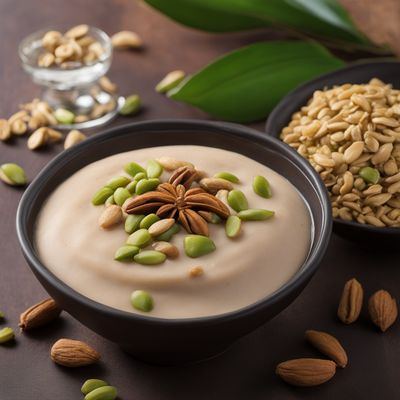
Dish
Shwe yin aye
Shwe yin aye is a dish that is typically made by boiling tapioca pearls in coconut milk until they are soft and translucent. The mixture is then sweetened with sugar and flavored with pandan leaves. The dessert is often served with a variety of fruits and jellies, such as lychee, jackfruit, and agar-agar. The combination of the creamy coconut milk and the chewy tapioca pearls is what makes this dessert so delicious.
Origins and history
Shwe yin aye is a traditional Burmese dessert that has been around for centuries. It is often served at festivals and celebrations, and is a popular dessert among locals and tourists alike.
Dietary considerations
Shwe yin aye is suitable for vegetarians and can be made vegan by using a plant-based sweetener instead of sugar. It is also gluten-free and dairy-free.
Variations
There are many variations of Shwe yin aye, some of which include the addition of sweet corn, red beans, or sago pearls. Some recipes also call for the use of different types of fruits or the substitution of coconut milk with almond milk.
Presentation and garnishing
Shwe yin aye can be presented in a bowl or in a glass. It can be garnished with a sprinkle of toasted coconut or a few fresh mint leaves.
Tips & Tricks
To make Shwe yin aye even more flavorful, try adding a few drops of rose water or a pinch of cardamom powder to the mixture.
Side-dishes
Shwe yin aye can be served on its own, but it also pairs well with a scoop of vanilla ice cream or a dollop of whipped cream.
Drink pairings
Shwe yin aye pairs well with a glass of fresh coconut water or a cup of hot tea.
Delicious Shwe yin aye recipes
More dishes from this category... Browse all »

Aamras
Indian cuisine
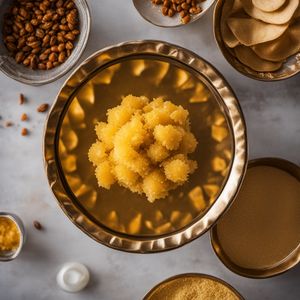
Aasmi
Indian cuisine
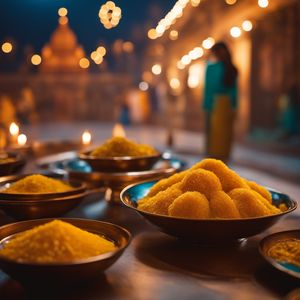
Agra petha
Indian cuisine

Aiyùbīng
Taiwanese cuisine

Ajdnek
Slovenian cuisine

Akafuku
Japanese cuisine

Akanés
Greek cuisine
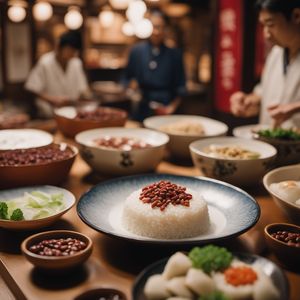
Akumaki
Japanese cuisine
More cuisines from this region... Browse all »
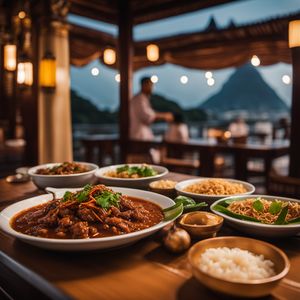
Bruneian cuisine
Bold, Complex, Spicy, Savory, Sweet

Cambodian cuisine
Salty, Sour, Spicy, Umami, Sweet
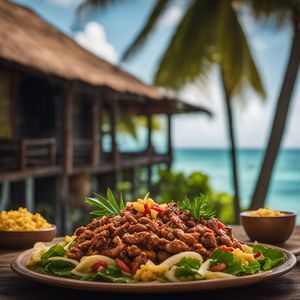
Christmas Island cuisine
Salty, Sour, Spicy, Umami, Sweet

East Timor cuisine
Spicy, Savory, Sweet, Sour, Umami

Filipino cuisine
Sweet, Sour, Savory, Spicy, Umami
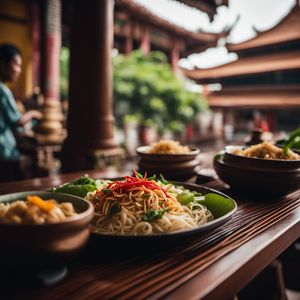
Lao cuisine
Savory, Spicy, Sour, Umami
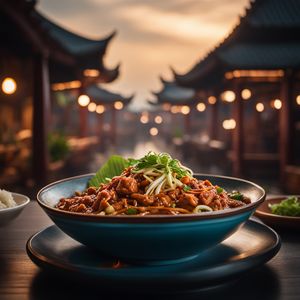
Malaysian cuisine
Spicy, Sweet, Sour, Savory
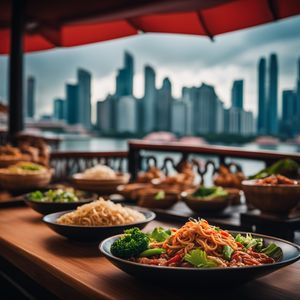
Singaporean cuisine
Spicy, Sour, Sweet, Savory
